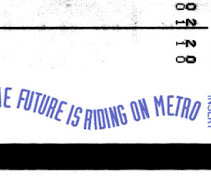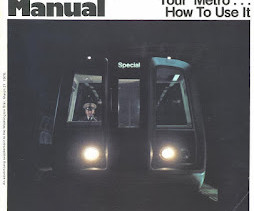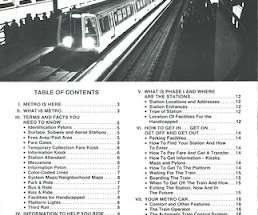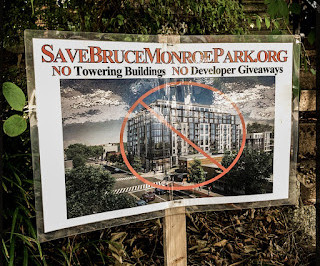Desperate times sometimes lead to a more marketing-oriented guise: WMATA/Metrorail | Bonus: WMATA's financial crisis
Rebuilding Place in Urban Space
JULY 4, 2023
Now a goodly amount of that is encapsulated in " Branding's (NOT) all you need for transit " (2018), but old pieces like " Making Transit Sexy " (2005), make the point too, less sophisticatedly. Red Line trains will operate every six minutes, while Blue, Orange and Silver line trains will arrive every 12 minutes. to accommodate crowds.













Let's personalize your content